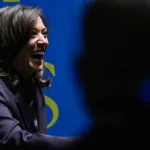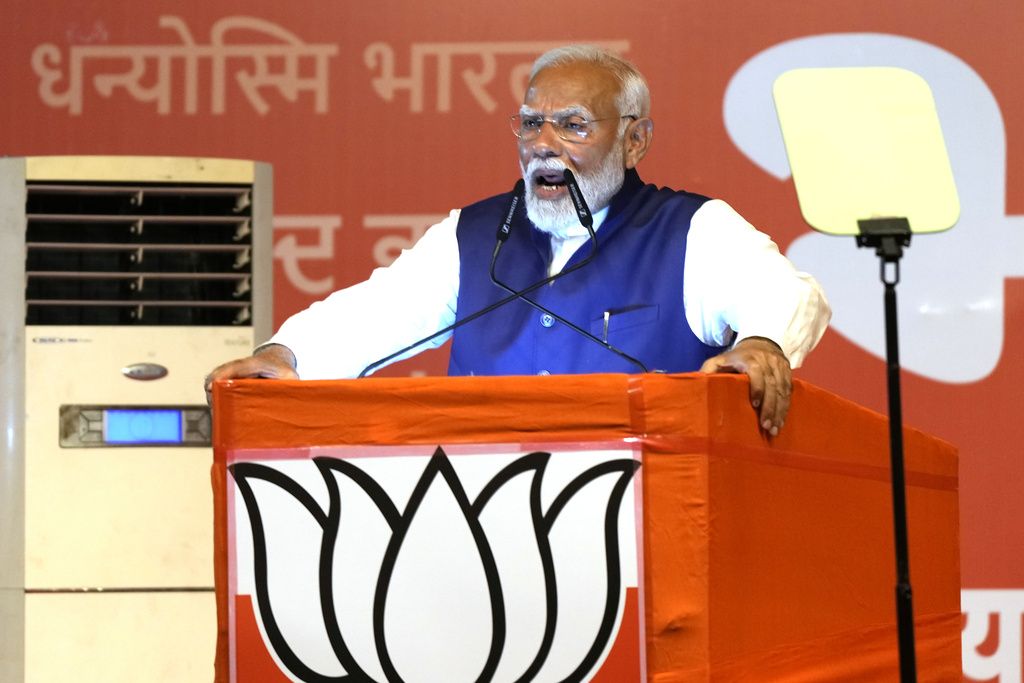
Indian Prime Minister Narendra Modi has won a third term in office, but his party suffered a surprise setback and is likely to lose a significant number of seats in Parliament, according to early results.
Modi’s Hindu right-wing Bharatiya Janata Party and other parties allied with it appeared to have secured almost 300 of 543 seats in Parliament, which gives them a simple majority but falls short of locking in a majority with Bharatiya Janata Party-only members.

Exit polls had indicated Modi’s party would win by a landslide, which didn’t happen. He went into the election with a 74% approval rating, according to Morning Consult.
“This is not an election — it is a kind of political earthquake,” Niranjan Sahoo, senior fellow with the New Delhi-based Observer Research Foundation, told Bloomberg as early results started to come in. “[Modi’s] position will be diminished to a great extent. He will not be the same Modi.”
To many supporters, Modi is a larger-than-life figure who has improved India’s standing in the world, helping it grow to the fifth largest country with ambitions of it becoming the third by 2030. He’s managed to turn adversity into economic advantage over the past decade. He also streamlined the country’s welfare program, courted international investments, and became an example of how someone with a humble beginning can rise to power.
Critics claim Modi is a cultlike leader who has advanced divisive politics, preached anti-Muslim rhetoric, and used shady tactics to silence political opponents and come down hard on independent media.
Modi’s controversial new temple in the northern Indian city of Ayodhya served as the kickoff location for his reelection campaign but failed to deliver him the political victory he had sought. Modi built the massive temple on the ruins of the Babri mosque, which was demolished by a Hindu mob in 1992. The move fed into criticism that he unfairly targeted Muslims.
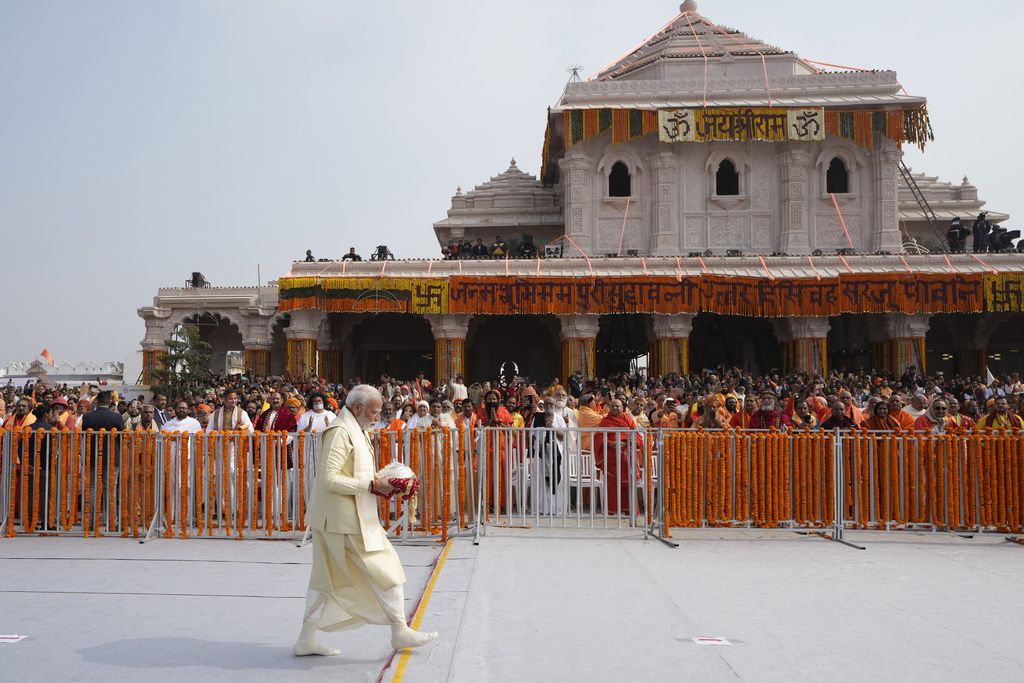
And even though he has transformed India’s political landscape by bringing Hindu nationalism into the mainstream, his actions have also deeply divided the country.
As Tuesday’s election results played out, India’s stock markets plunged. Opposition parties, who ran on Modi wielding too much political power, celebrated. Modi made no mention of his party losing seats but in an X post said, “This is a historical feat in India’s history.”
Here’s a look at Modi, his win, and what it means to the United States.
Who is Narendra Modi?
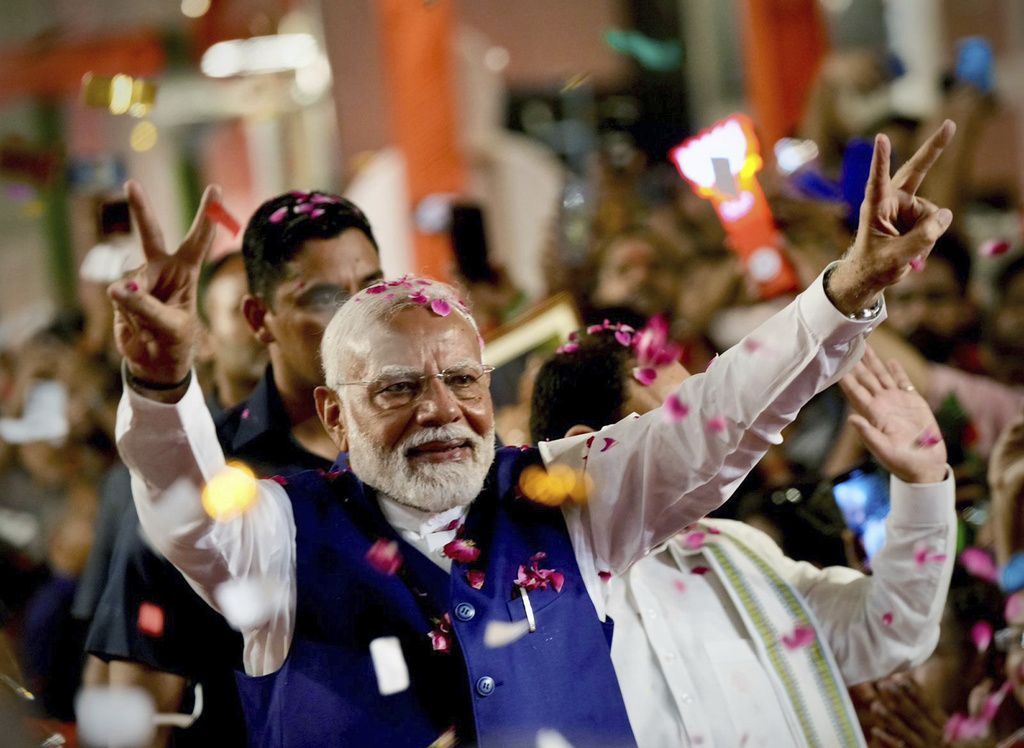
Modi is a 73-year-old Hindu nationalist leader.
He has gone from selling tea at train stations as a boy — his mother washed dishes — to a man who is only the second Indian to win three national elections in a row.
Modi was raised in a small town in northern Gujarat and has a degree in political science.
He joined the Bharatiya Janata Party in 1987. In 1995, Modi was made the secretary of the party’s national organization, and three years later, he was appointed its general secretary. He became chief minister in 2001 and has built up a massive following, often using his experiences as a child whose family struggled financially to connect to hundreds of millions of voters.
“I know the pain of living under a weak roof,” he said at a rally in Bastar, one of the poorest regions in India.
Modi was sworn in as prime minister of India on May 26, 2014. Almost immediately, he embarked on several reforms, including revamping the country’s transportation infrastructure and courting foreign investment in India.
His first two big political wins included a visit by Chinese President Xi Jinping to India and a trip to the U.S. to meet with then-President Barack Obama.
Modi won a second term in 2019 and a third in 2024.
Modi and the U.S.
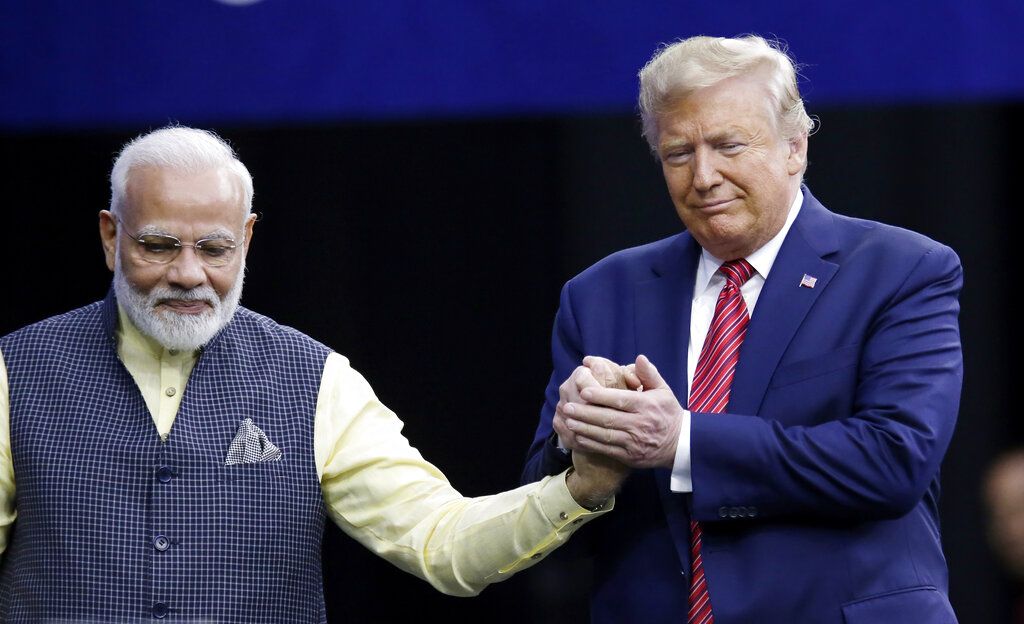
Modi has been credited with India’s growing economy and its increased presence on the global stage.
In his campaign to do so, he has made some powerful friends in the U.S., including Obama and former President Donald Trump.
Last year, President Joe Biden hosted Modi for a state dinner and has called ties with India “the defining partnership of the 21st century.”
In February, Washington, D.C., approved a $4 billion sale of state-of-the-art drones to India.
India has become an attractive counterbalance to China in the region.
Modi hosted the G20 last year and is pushing for a permanent seat on the United Nations Security Council.
Economy
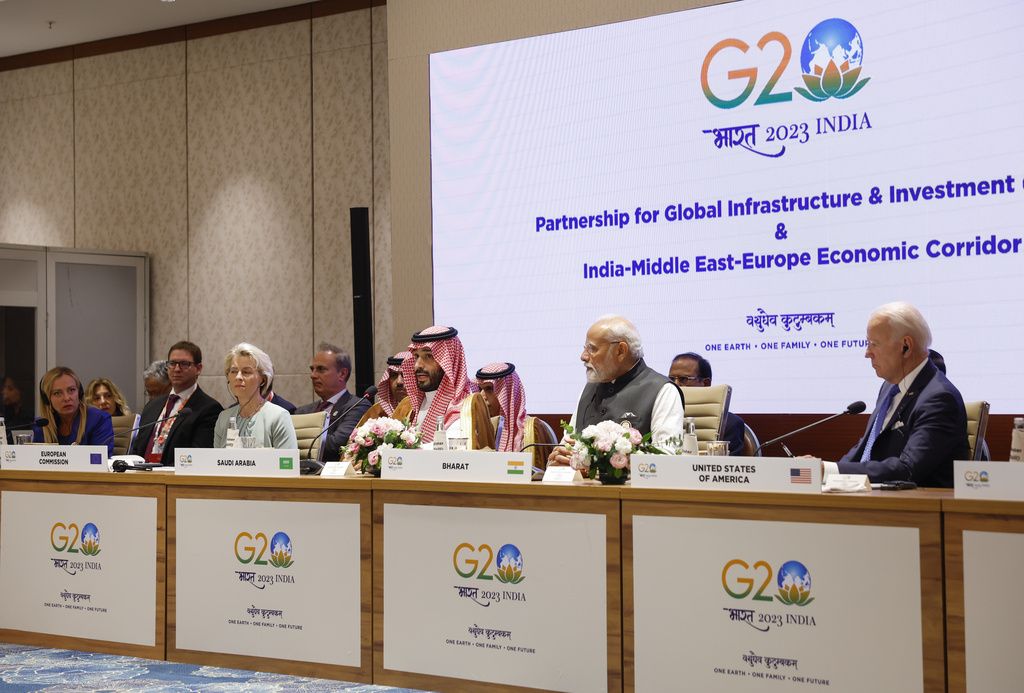
Modi has taken advantage of the economic climate. When he was first sworn into office, oil prices were cut in half, which was a huge boost to the country because it relied heavily on imported crude.
Even though the pandemic crippled the economy, India’s recovery was quick after Western nations, including the U.S., tapped India as an economic and strategic partner in the east.
Linking up with India allowed the U.S. and others to move away from their dependencies on China.
CLICK HERE TO READ MORE FROM THE WASHINGTON EXAMINER
Modi has also been credited with India’s latest building boom, which includes billions of dollars for infrastructure projects.
He’s also worked to bring electricity and drinking water to homes in remote villages that lacked them. He’s also been behind the “digital public infrastructure.”

